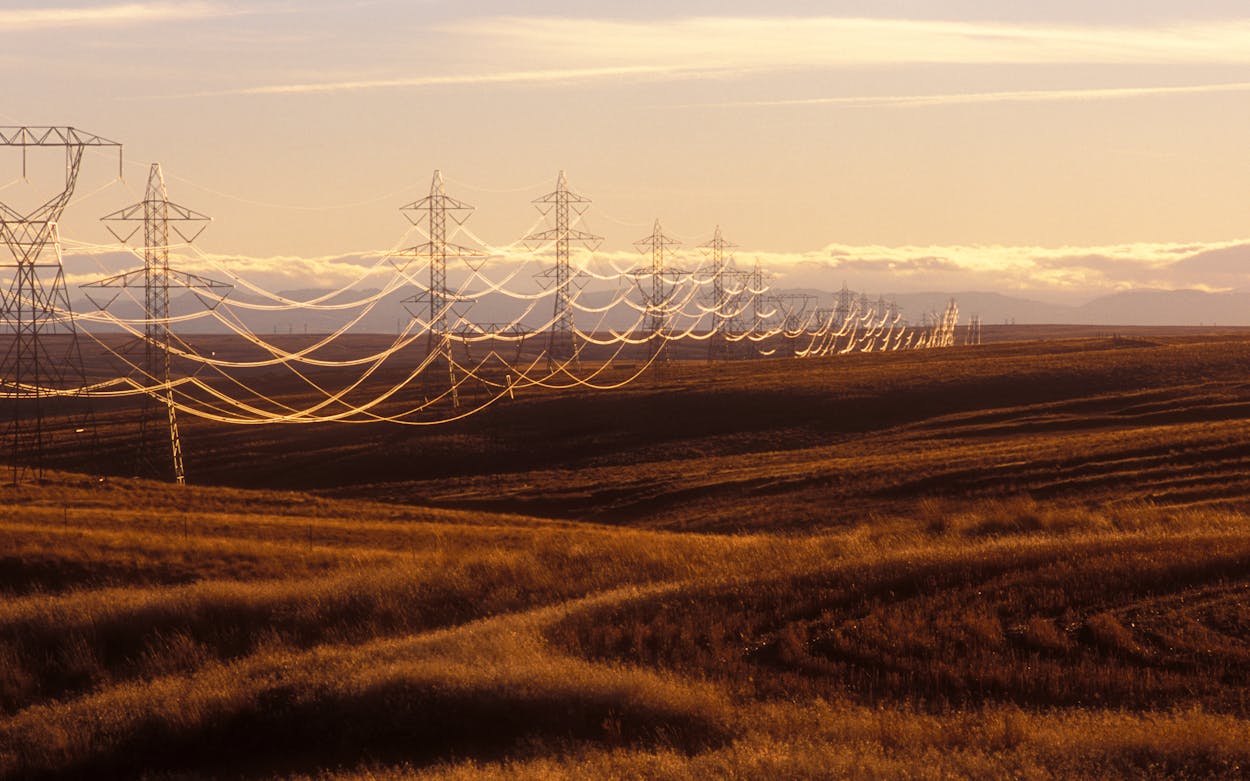In 2015, the California Public Utilities Commission (CPUC) announced the state will become the first to make time-of-use (TOU) electricity rates the default option for residential customers by 2019. Typically, residential customers pay a flat fee for every kilowatt-hour (kWh). TOU rates, however, change the price of electricity throughout the day according to a predetermined schedule to mimic average electricity market conditions.
The CPUC decision calls for TOU rates that could help customers save money if they adjust their consumption patterns. By shifting how electricity is consumed, California might solve major energy challenges they face. One challenge, known as the duck curve, occurs because large amounts of solar energy are produced mid-day, falling off just as demand for electricity ramps up. The resultant net-load curve resembles a duck (sort of).

Dealing with the duck curve is difficult. Traditional solutions call for more power plants, grid-scale batteries, or transmission lines. By making TOU rates the default option, California is trying to get residential customers to be part of the solution. If Californians shift their energy usage to other times of the day, the duck curve might not end up looking so bad—or much like a duck.
The Texas electricity grid faces similar challenges. Peak electricity demand is higher than ever, with about half coming from the residential sector, mostly from air conditioning. High demand can cause price spikes on the wholesale market, signaling the need for new plants or expanded transmission lines. Meanwhile, TX residential customers pay a flat fee for electricity, even during peak hours. Time-of-use pricing could align residential consumption with price signals, leveling demand and helping the grid get more out of the infrastructure that is already built.
For TOU to work, Texans will need to engage with their electricity use. By planning ahead, customers could take advantage of cheap electricity in off-hours while avoiding on-peak use. Energy management systems could also help customers shift their electricity use. For example, controllable thermostats can reduce demand during the highest pricing periods. Batteries like the Tesla Powerwall can charge when electricity is cheap and discharge when prices increase. Ice storage air-conditioning technology allows cooling equipment to run at night using cheap electricity instead of during the hot, on-peak hours of the day.
However, a plan for time-of-use rates will need to protect Texans from unfair consequences. For example, senior citizens and low-income groups might not have flexibility to adjust to new rates. People who rent would also probably lack the ability to make their money back from buying energy management systems or smart appliances.
California will address these potential issues by allowing customers to opt out of TOU rates and by educating them about their billing data. Customers will also have “bill protection” to protect them from bill increases in the first year, giving them time to adjust to life under TOU rates.
Similar provisions would make sense for Texas. Additionally, the state could lead by rolling out smart phone apps to help customers track their usage. Finding ways to help renters and low-income groups gain access to energy-management equipment would also help. One model could be energy savings performance contracts, which the federal government uses to improve energy efficiency without spending money up-front. Texas could create a market for energy service companies (ESC) to provide smart appliances to residential customers, helping them load-shift by using less energy during peak hours. Customer savings from load shifting would help the ESC recover their costs. Over time, savings beyond the initial investment could be shared by the ESC and the customer.
Scott Vitter is a Ph.D. candidate at the University of Texas at Austin, where he studies urban water systems and their potential to provide demand-side services to the electric grid.
- More About:
- Energy






